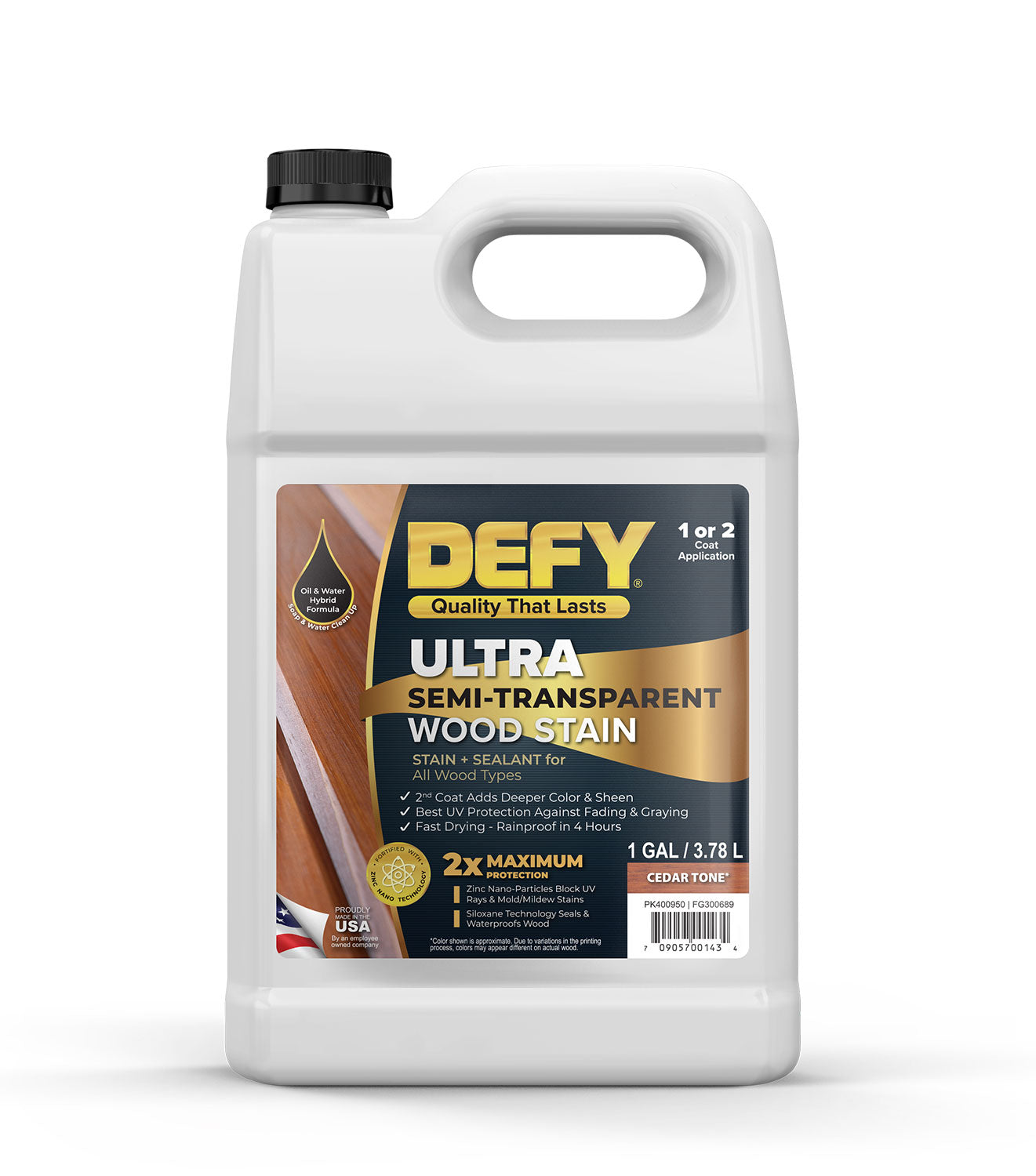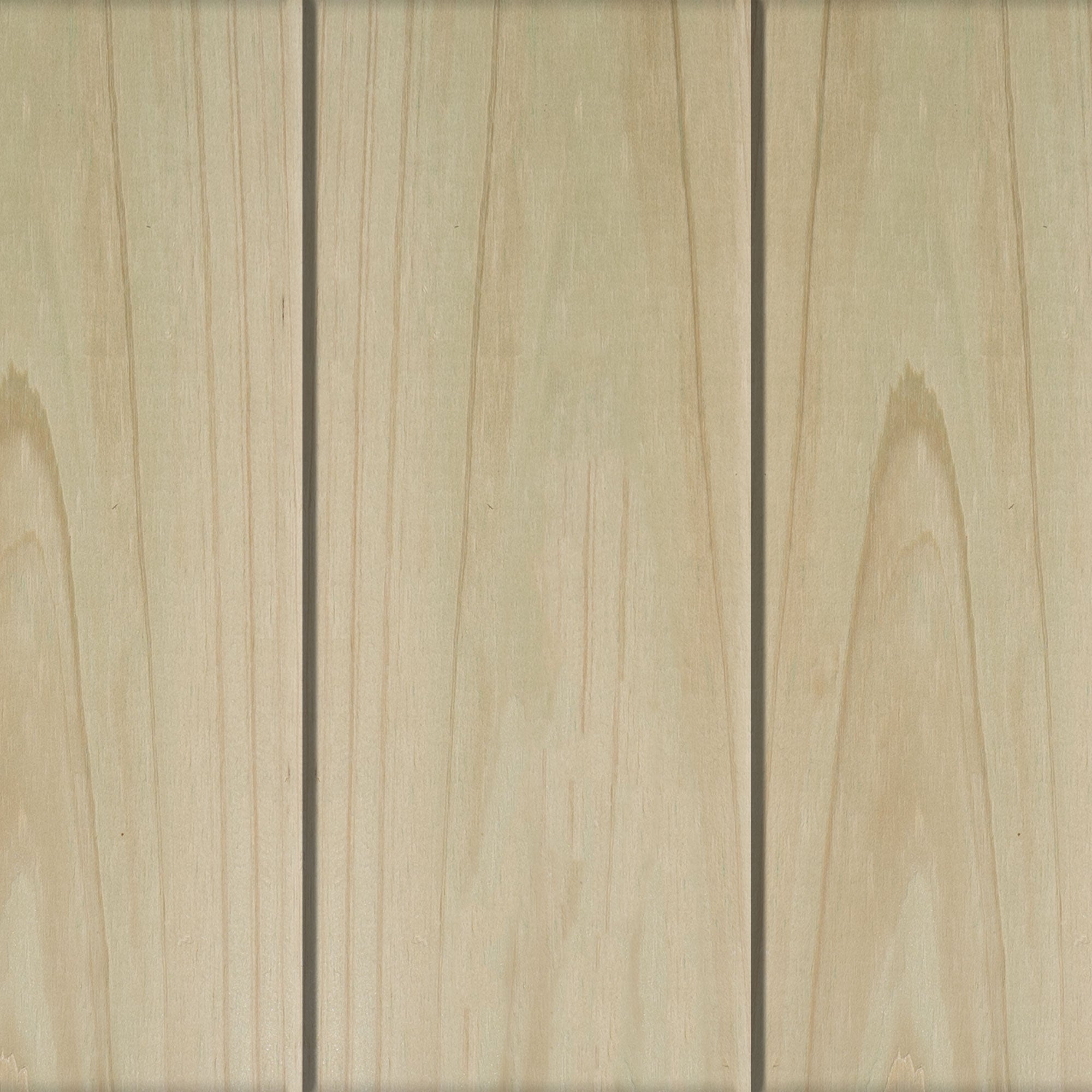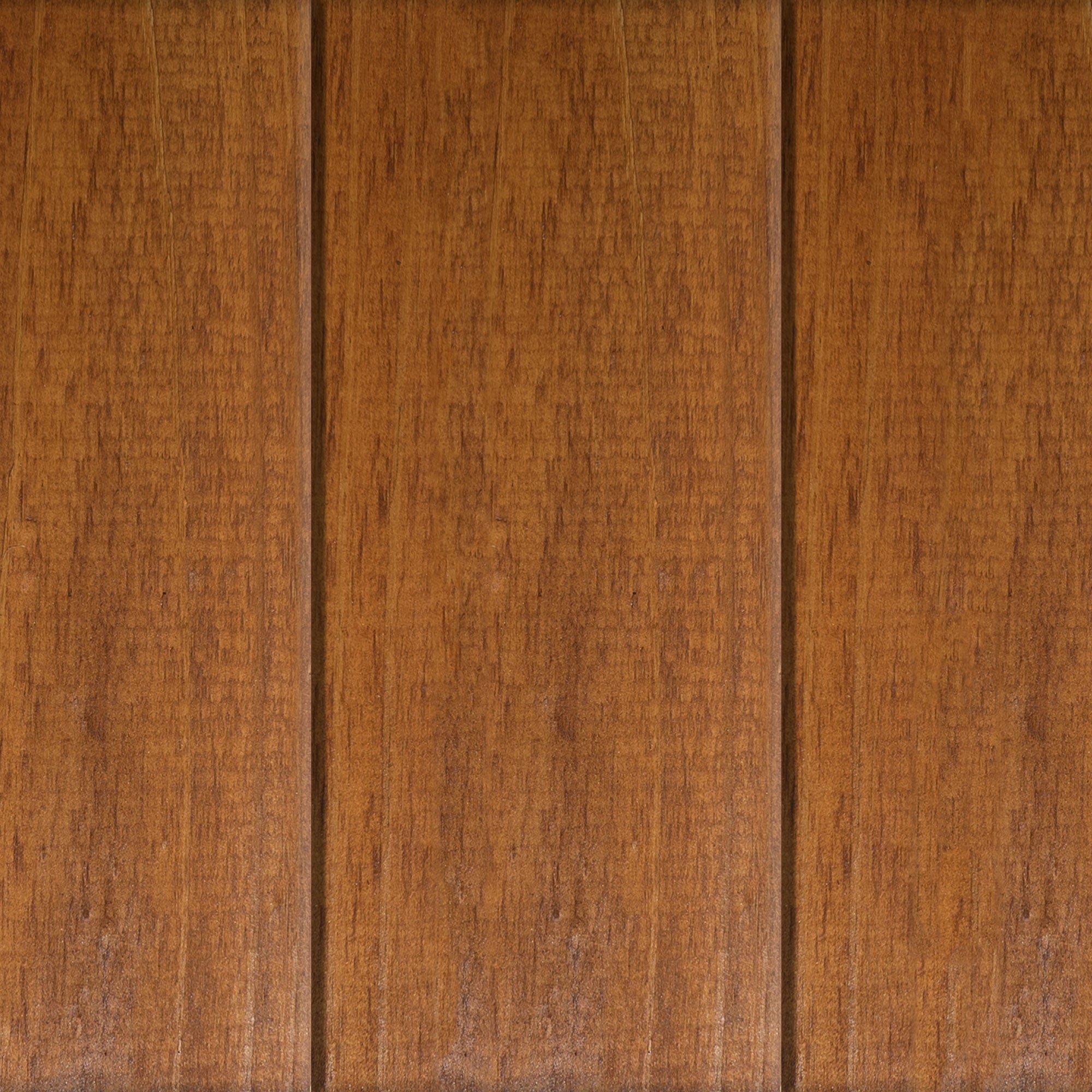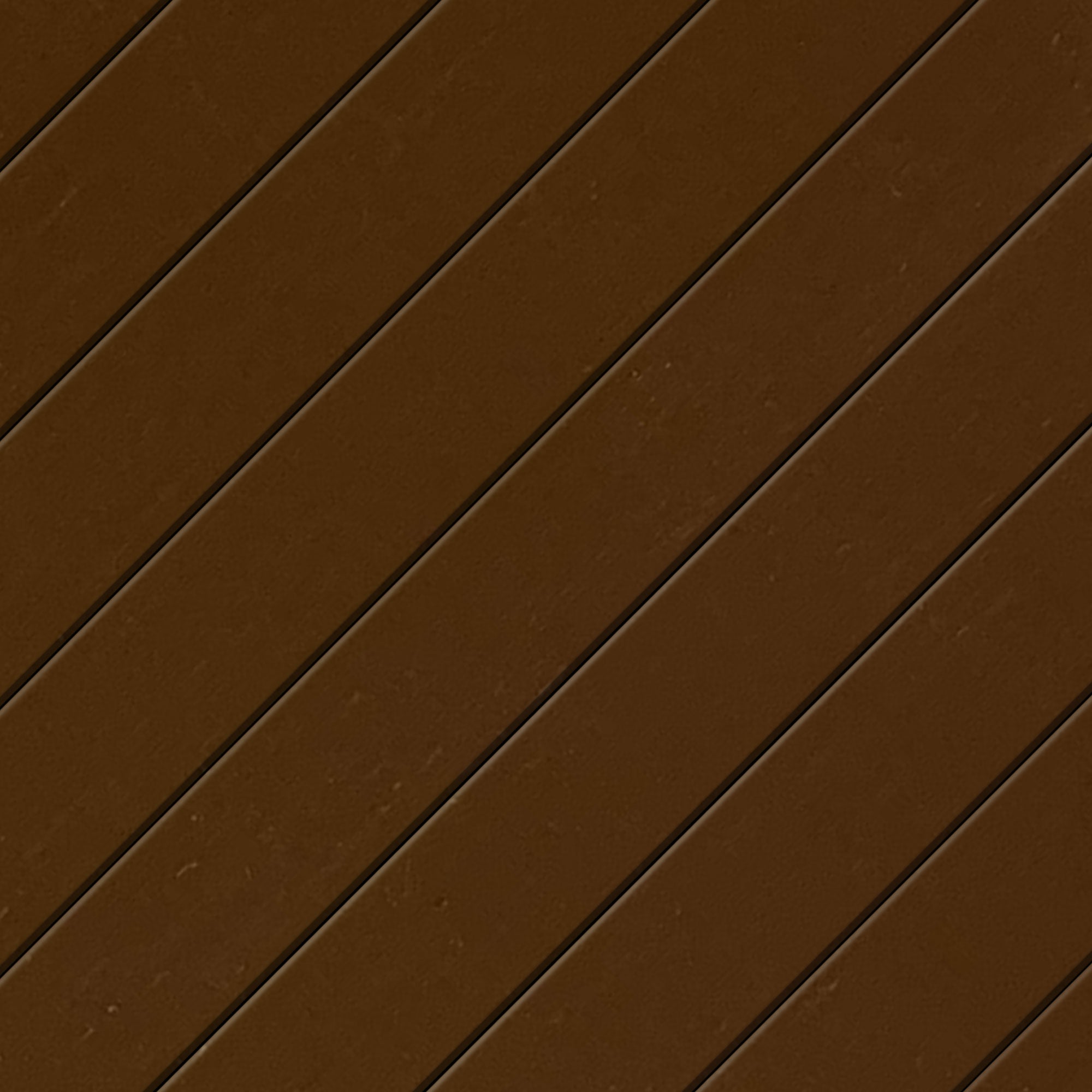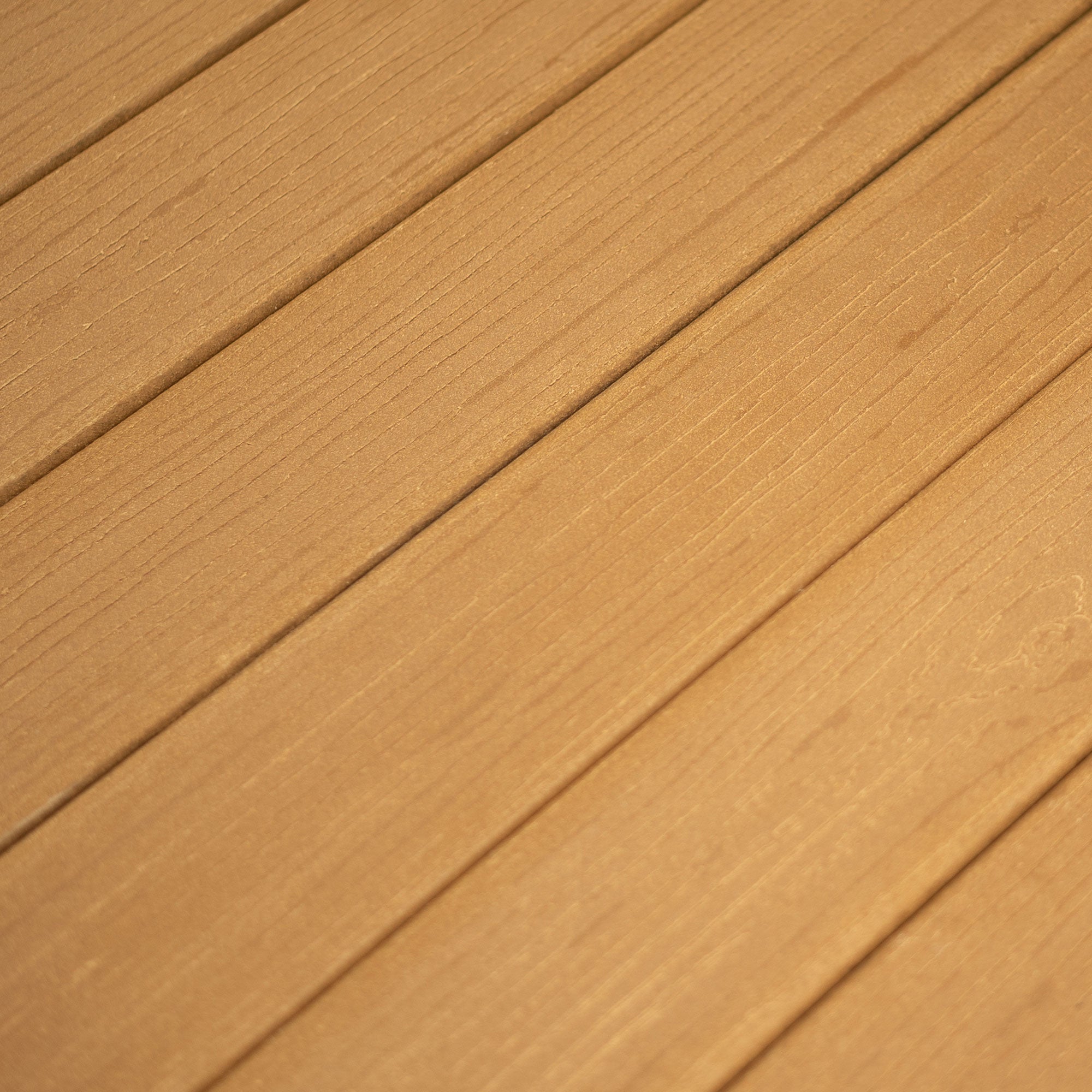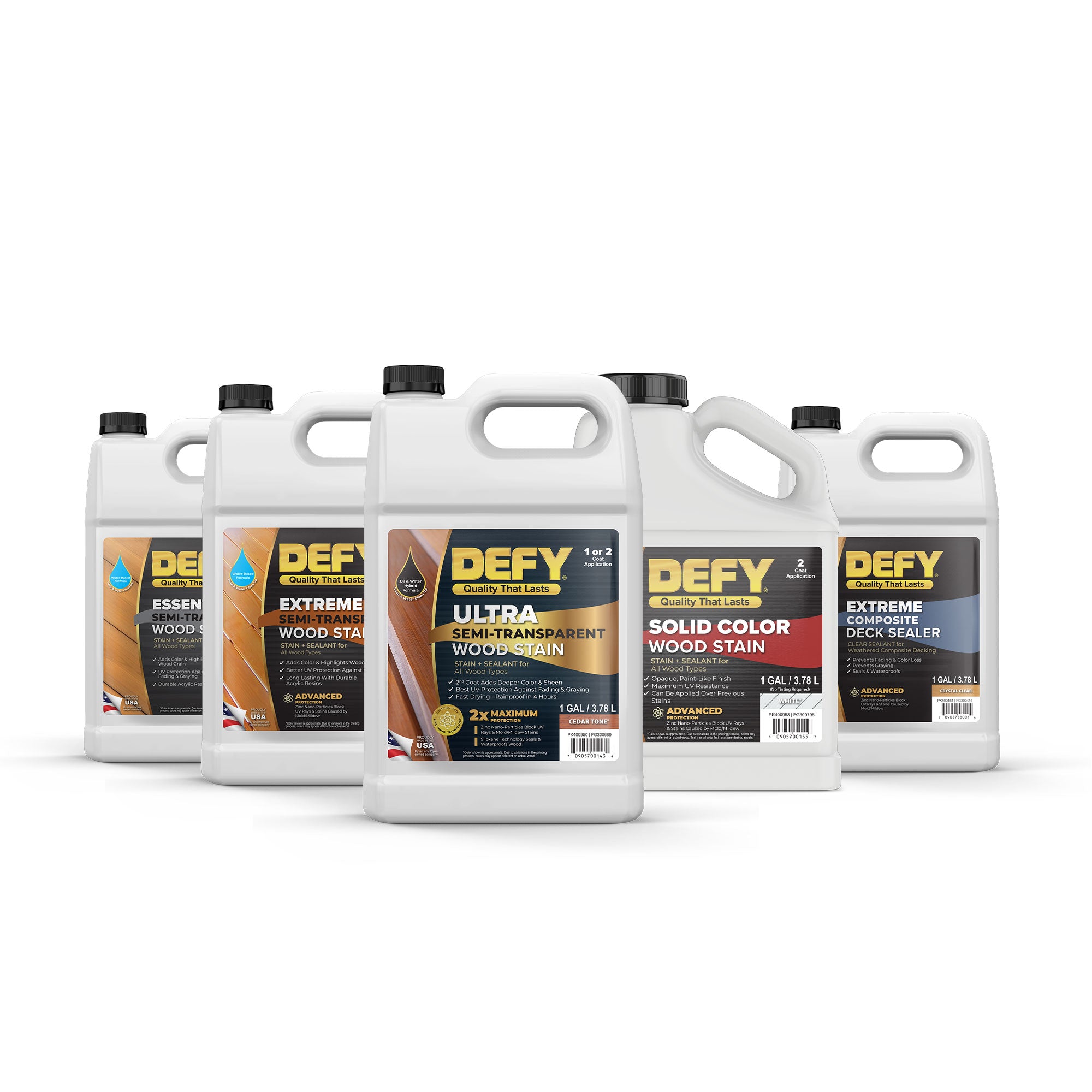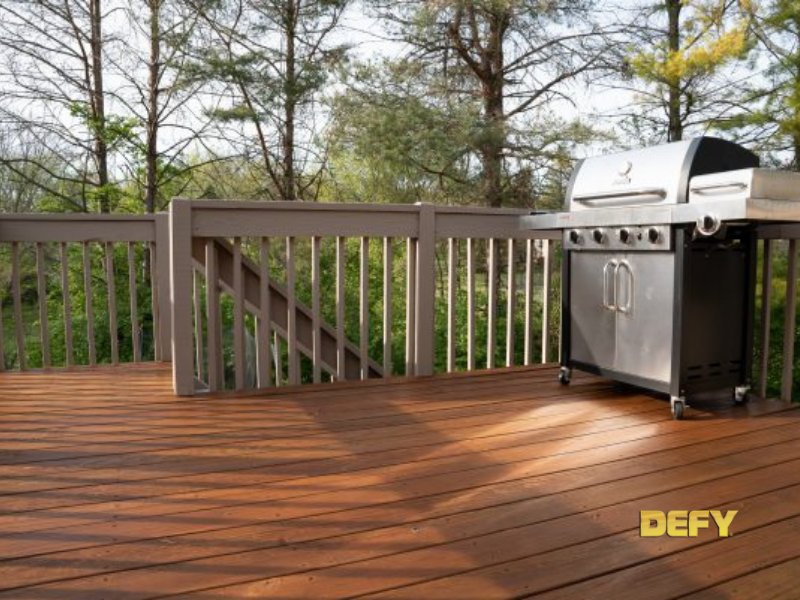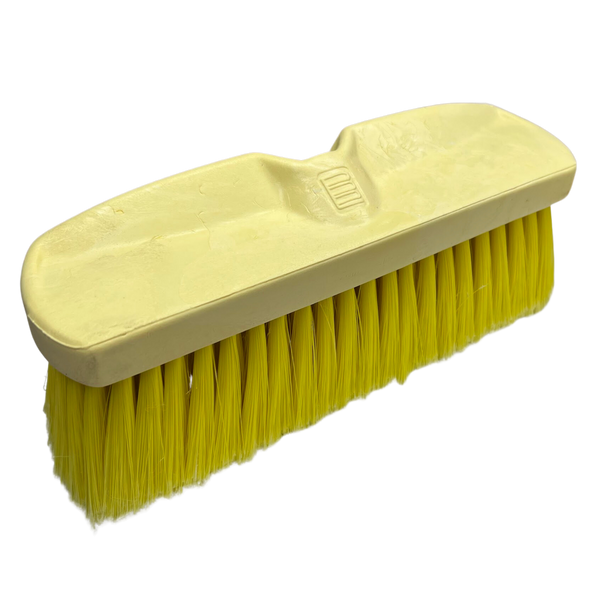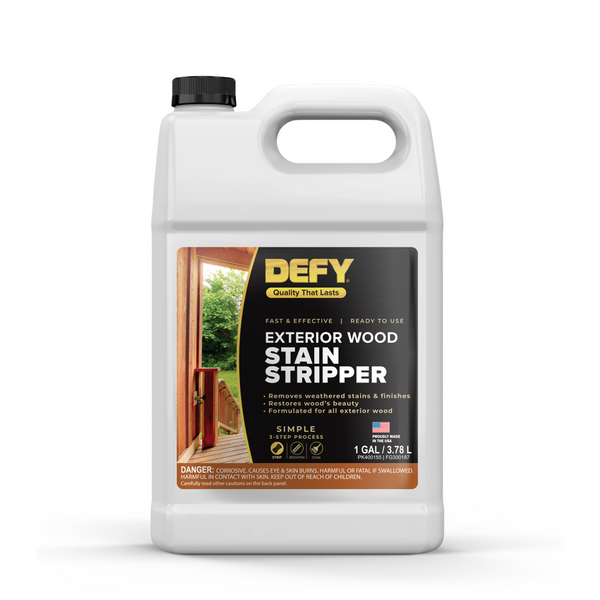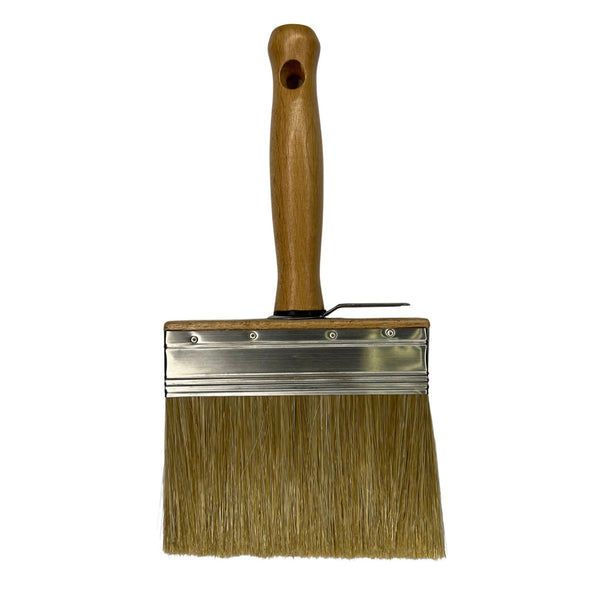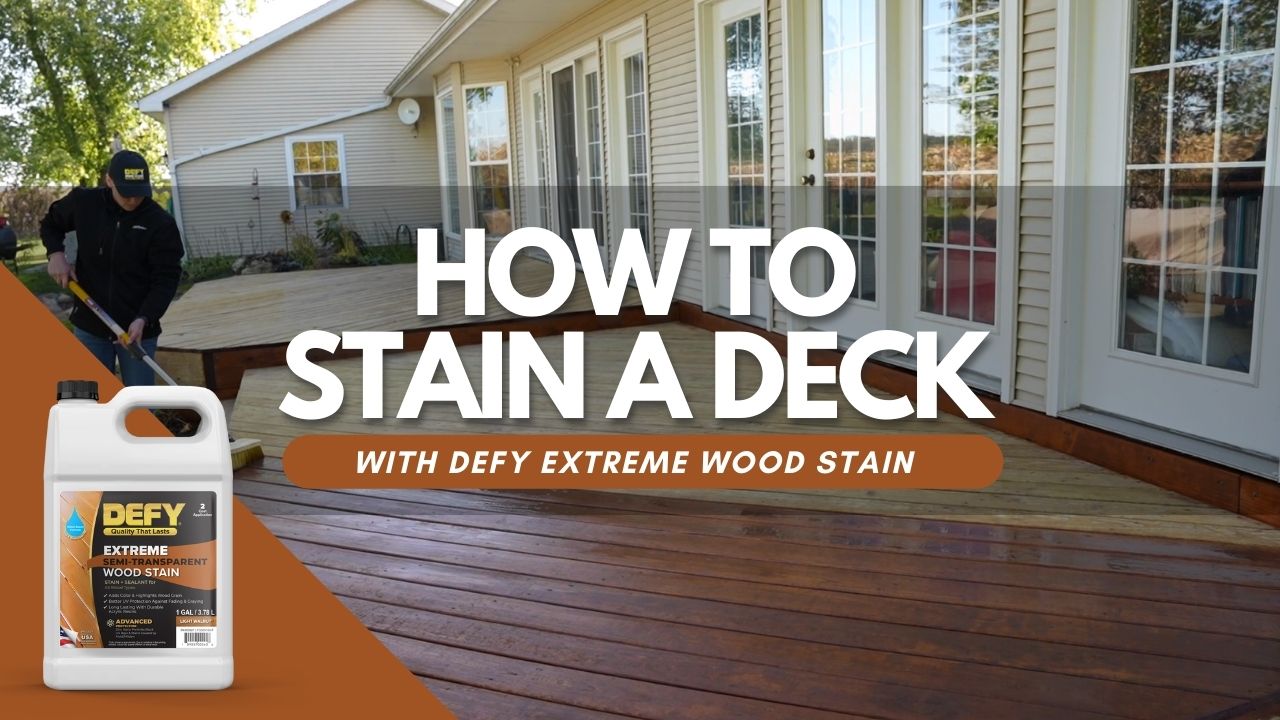Staining your deck is no simple task, and the frustration and disappointment that occur when the project comes out poorly can be overwhelming. One of the more common failures that you can experience is that the stain, whether semi-transparent or solid color, begins to peel away. To avoid the problem, you first have to understand the cause; let’s begin there.
What causes deck stains to peel?
Deck stains will generally peel for two basic reasons: over application and poor adhesion.
Over Application
This is simple — too much stain on the surface of the wood. With deck stains, specifically with semi-transparent finishes, more is not better. You only want to apply as much product as the wood can easily absorb. Why? Because wood absorbs moisture from rain and snow, and when the sun comes out and dries the wood out, the moisture vapor from the wood needs to be able to pass through the stain and escape. If there is too much stain, it restricts the moisture from evaporating away, so peeling can occur. Often times this problem will be most evident in the spring time when the deck begins to dry out after all of the winter moisture.
Poor adhesion
This is even simpler. The stain has not adhered sufficiently to the wood. We will cover several factors that contribute to poor adhesion in detail, but if the stain does not properly stick to the wood, it will almost always peel.
The Problem is Becoming More Common
Peeling problems are becoming more common, mostly due to air quality regulations. As restrictions have increased regarding VOC (Volatile Organic Compound) emissions, manufacturers have switched from solvent-based stains to water-based stains or have changed the formulas on their solvent-based products to become compliant. In both cases, one of the results is a much greater propensity for the stain to peel.
The solution? Just follow a few basic rules.
Allow New Wood to Weather
All wood benefits from weathering prior to staining. Weathering allows Mother Nature to dry the moisture out of the wood to make it more absorbent. Weathering also starts the process of naturally breaking down the surface fiber of the wood again, making the wood more absorbent. The more absorbent that you can make the wood, the more stain the wood is going to absorb. Your project will last longer and be less likely to peel.
Clean and Brighten All Wood Prior to Staining
Cleaning and brightening the wood has a lot more value than simply making the wood look nice. Each step of the cleaning process opens the pores of the wood more to make the wood more absorbent. Power washing alone will not improve the porosity of the wood, so don’t skip this step. Use the cleaners and the brighteners every time you stain.
More is Not Better
This is one of the most important principles to understand when staining a deck. Applying more stain is not better — it is worse. If you apply more stain, the stain is more likely build up on the surface of the wood and form a film. When a film is formed, the breathability of the wood is decreased, increasing the likelihood of peeling. Over-applying the stain will initially look great, as the wood will take on an almost “furniture” type look. Don’t be fooled; it will eventually peel and the project will end up looking terrible. Apply only as much stain as the wood can easily absorb, no more.
Stay Out of Direct Sunlight
Avoid applying stain in direct sunlight or in the heat of the day. This one is really easy to understand. The hotter the surface of the wood, the more quickly the stain will dry. If it dries too quickly, then it simply won’t have time to penetrate into the wood, leaving it on the surface to form a film and, you guessed it, eventually peel. Apply the stain in the shade. Do your project in the morning or late in the day, but stay out of the hot sun or you’re likely to end up with a peeling problem.
Always Use a Brush
Always use a brush when applying any stains — they make a huge difference in your results. As the fibers of the brush work back and forth across the surface of the wood, they break down the surface tension and help to force the stain deep in to the fibers of the wood. Even if you spray or roll your deck, while the stain is still wet, always work the material in to the wood by brushing. For a tip on how to cut your brush time down dramatically and speed up the staining process, view this short video:
Don’t Go Cheap. Buy a premium wood stain
What’s inside of the can will make all of the difference in the world. The chemicals that promote the various performance characteristics of the stain, e.g. adhesion, penetration, mildew resistance, UV resistance, etc., all cost money, and some of them are very expensive. The easiest way to cut the cost of the product is reduce the amounts of these performance additives in the can, but you can’t do that without sacrificing durability. So don’t be fooled, if you want a stain that lasts, stay away from cheap wood stains!
That’s it. If you have had a peeling problem on your deck in the past, I’ll bet that something in this article hit pretty close to home. Adhere to the few simple guidelines that I’ve outlined, and your results in the future should be significantly better.

